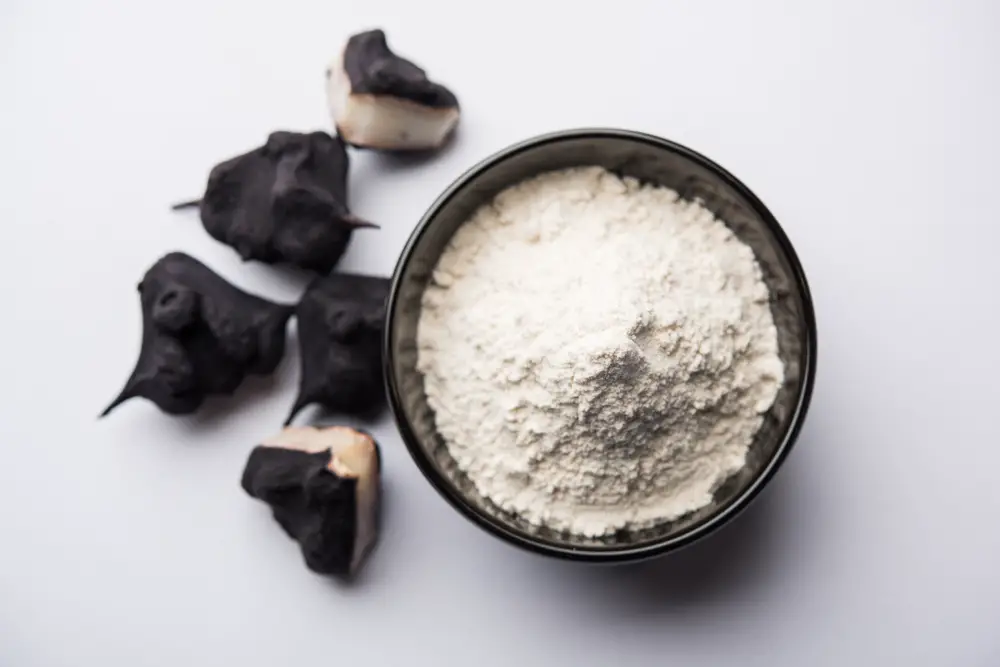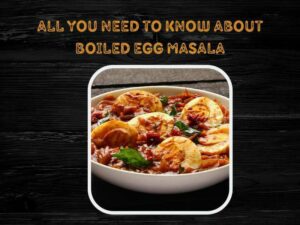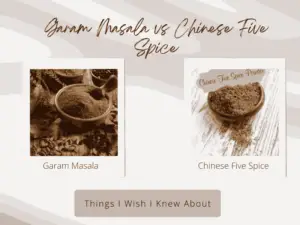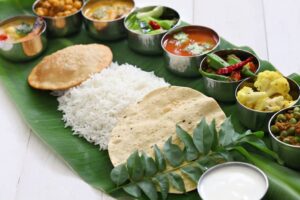Water chestnut flour is one of the most used ingredients in Chinese New Year desserts (you need to have a taste of this delicious chinese dessert recipes), but it is rarely made from scratch. Most Asian chefs and home cooks will buy their water chestnut flour in bulk, so the process of making our own flour at home has been lost over the years.
But recently, many of us home cooks have tried to cook everything from scratch in an attempt to have ultimate control over our sugar, carbohydrate, and fast food intake.
Making your own flour might seem like a step too far for most people, but if you’re as excited as I am to go back to the roots of our cooking, then follow me as I show you how to make your own water chestnut flour!
What Is Water Chestnut Flour?
You may have heard the term “Water Chestnut Flour” under a different name; “Shingoda Flour.” Shingoda is originally an Indian word, and the literal translation is “Water Chestnut.”
Like I said before, water chestnut flour is often used in Chinese New Year desserts. This is because of its fantastic thickening properties.
A lot of Asian desserts use thickeners, and wet chestnut flour can create this effect while reducing the amount of lumps that other flours make.
Cornstarch is a common thickening flour that we use in the U.S, and you may have noticed that creating a slurry means balancing the amount of flour you add to the water to stop these lumps from occurring.
With water chestnut flour, you don’t have to worry about that problem so that you can focus on the cooking!
How To Make Water Chestnut Flour
Some people like to make their own water chestnut flour so that they can be sure that the ingredient is gluten free.
Of course, the flour should be gluten free, seeing as there are no grains in the nut, but some companies make grained flour and non-grained flour in the same building.
This means that unless the packaging says “Gluten-Free,” you can’t be sure what small substances might have traces in the flour bag.
Equipment:
- Cookie Sheet
- Cutting Board
- Oven
- Serrated Knife
- Food Processor (or similar)
- Dehydration Sheet (if you own a dehydrator)
Ingredients:
- Raw Water Chestnuts
Method:
The method to make your water chestnut flour comes in three parts. Roasting and Peeling, Dehydrating, and finally Grinding.
If you have bought roasted chestnuts that have already been peeled, then skip down to the Dehydrating stage. I have separated all three parts so that no matter what water chestnut you have, you can easily make this flour!
Roasting and Peeling the Water Chestnuts
The first thing you’ll have to do is roast and peel the raw chestnuts. If you have picked the chestnuts straight from a tree, then before you begin the first couple of steps, you should remove the spiky shells.
- Using a cutting board as a base and the serrated knife to make the incision, cut an “X” on the flat side of every nut. The incisions will stop the chestnuts from exploding in the oven. Make sure every chestnut has been scored deep enough to pierce the shell.
- As you check every chestnut for a deep score, place them on the cookie sheet.
- Heat the oven to 400 degrees Fahrenheit.
- Roast the chestnuts for 25 minutes. Check the chestnuts as they cook. The skins should start to peel away from the nut, beginning at the “X” you have created.
- Remove the chestnuts from the oven and wait for them to cool enough so you can handle them.
You don’t want the nuts to get too cold as they will start to stiffen up. If they stiffen up, then peeling the skin off will become very difficult. If they come too hard to peel, pop them in the microwave and reheat the chestnuts for around 30 seconds.
- Peel the shell and inner skin off the nuts.
Dehydrating the Water Chestnuts
- Slice each water chestnut in half. This is to make the drying stage faster. You can cut the chestnuts even smaller if you want, but you may have to change the drying time to accommodate the difference.
- Using a dehydration sheet, spread the sliced chestnuts and dry them for 12 to 24 hours at 105 degrees Fahrenheit.
If you don’t have a dehydrator and you don’t plan on buying one, there is another way. You can use a cookie sheet and put your oven in the lowest setting it has.
Again, dry it for 12 to 24 hours, but keep an eye on the nuts. Because ovens aren’t designed to dry food, the chestnuts could get burnt, so make sure you watch them carefully.
- When the pieces are hard enough that you cannot break them with your fingers, then the drying stage is completed.
Grinding the Water Chestnuts
- Using your food processor, grind the water chestnut pieces until they have become fine. If you don’t have a food processor, you can use a spice grinder or even a blender to cut the chestnuts.
- Enjoy your Water Chestnut Flour
Storing your Water Chestnut Flour
Remember that this is a nut and not a grain, and so their storing conditions need to be different. You should either keep the flour frozen or refrigerated because then it will stay fresh for up to 6 months.
If you leave the flour in the cupboard, you will find that mold will quickly grow.
Check this mouthwatering red bean cake recipe out, and enjoy its taste with relish!










